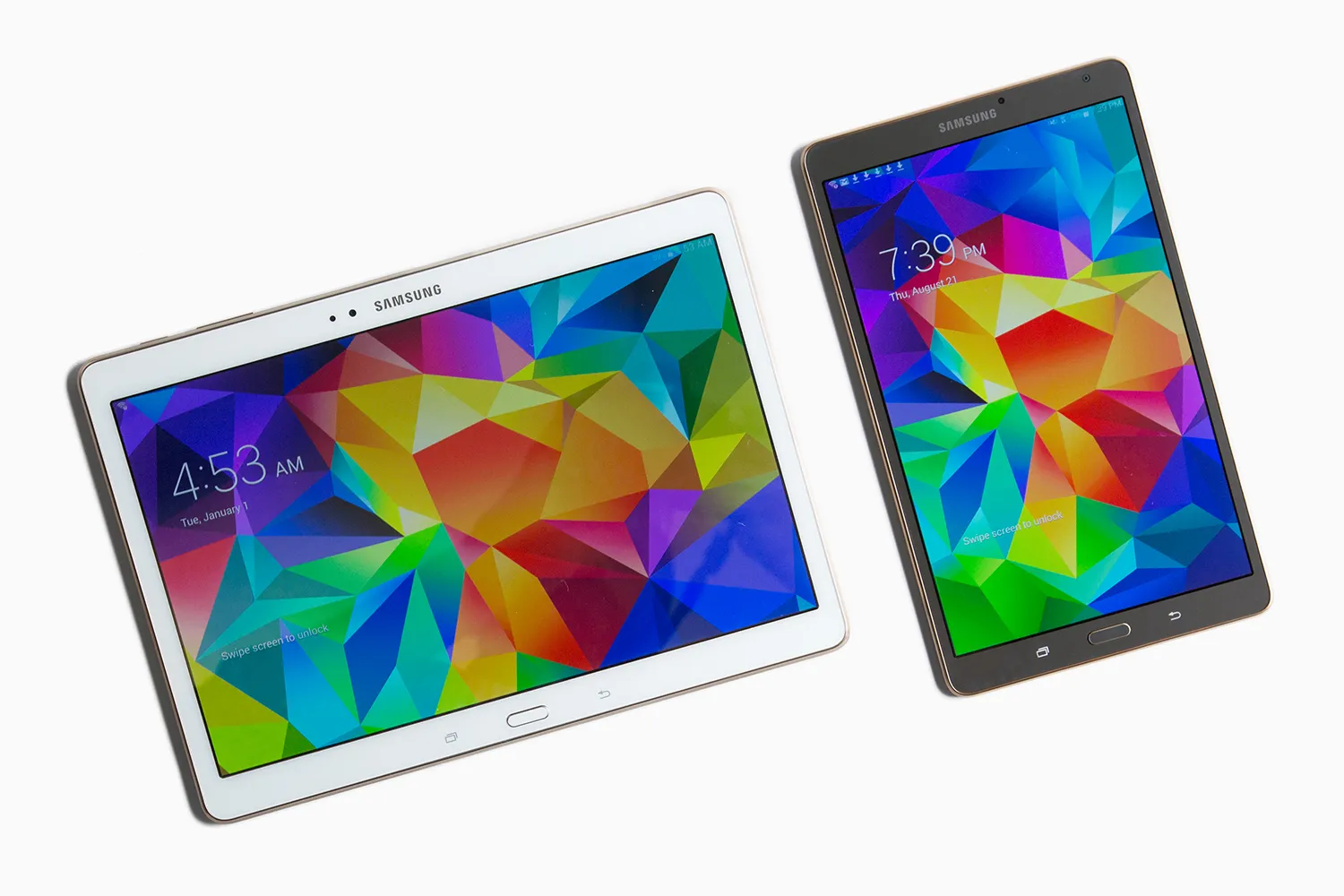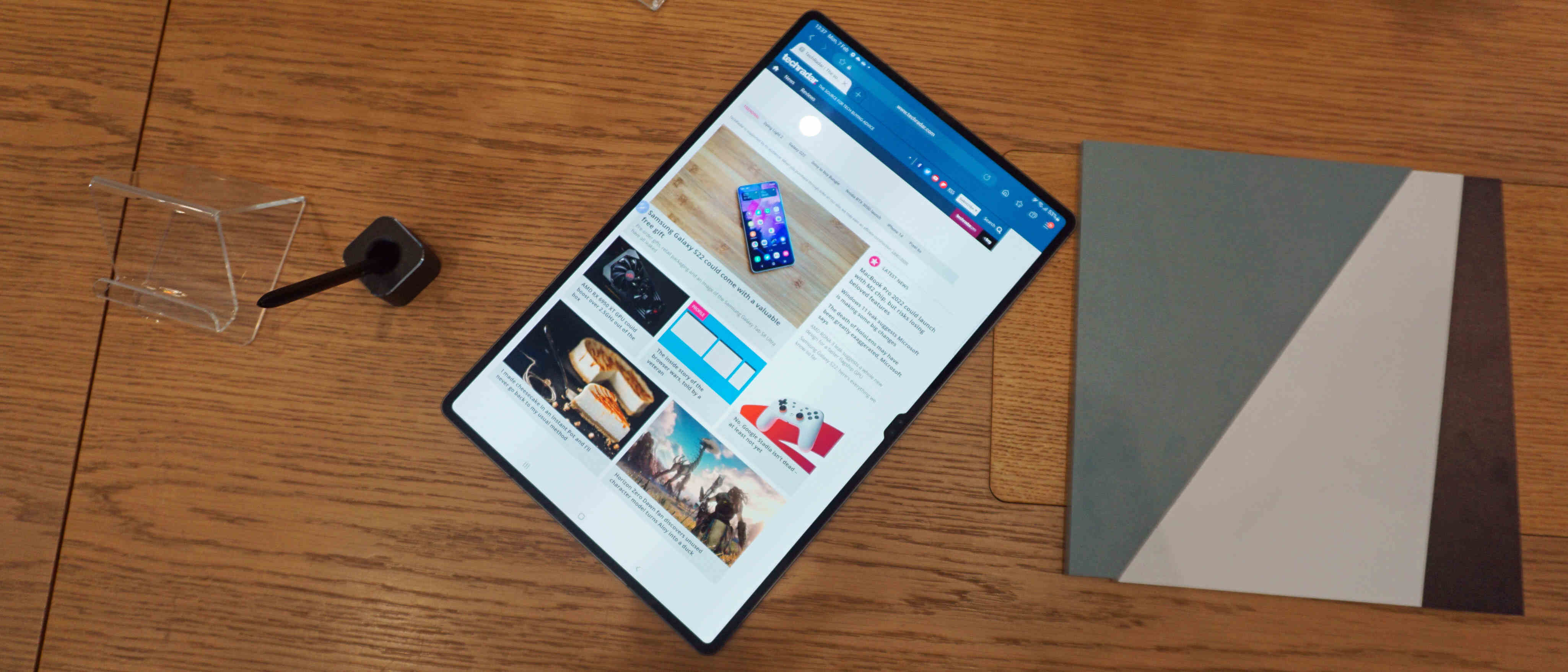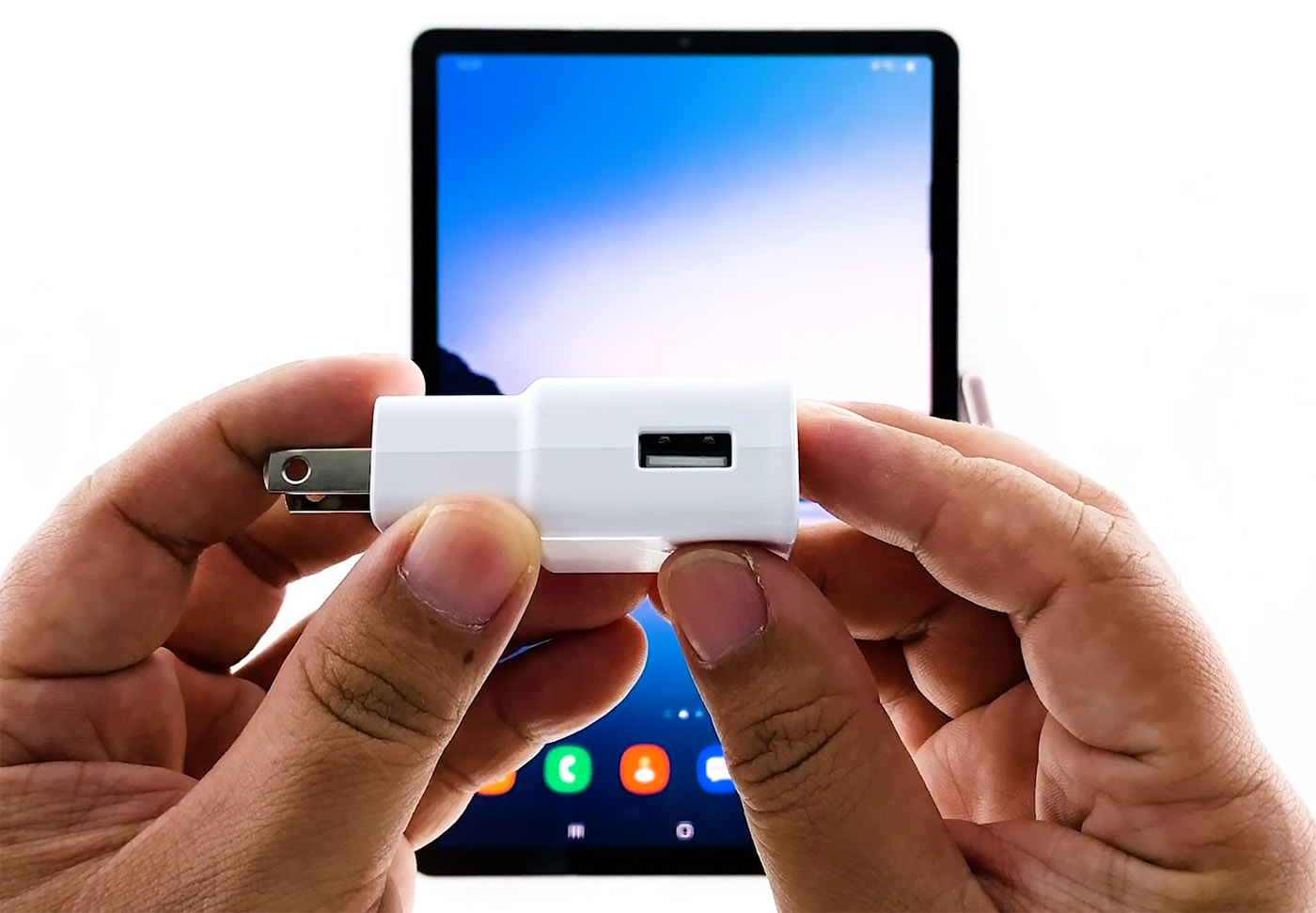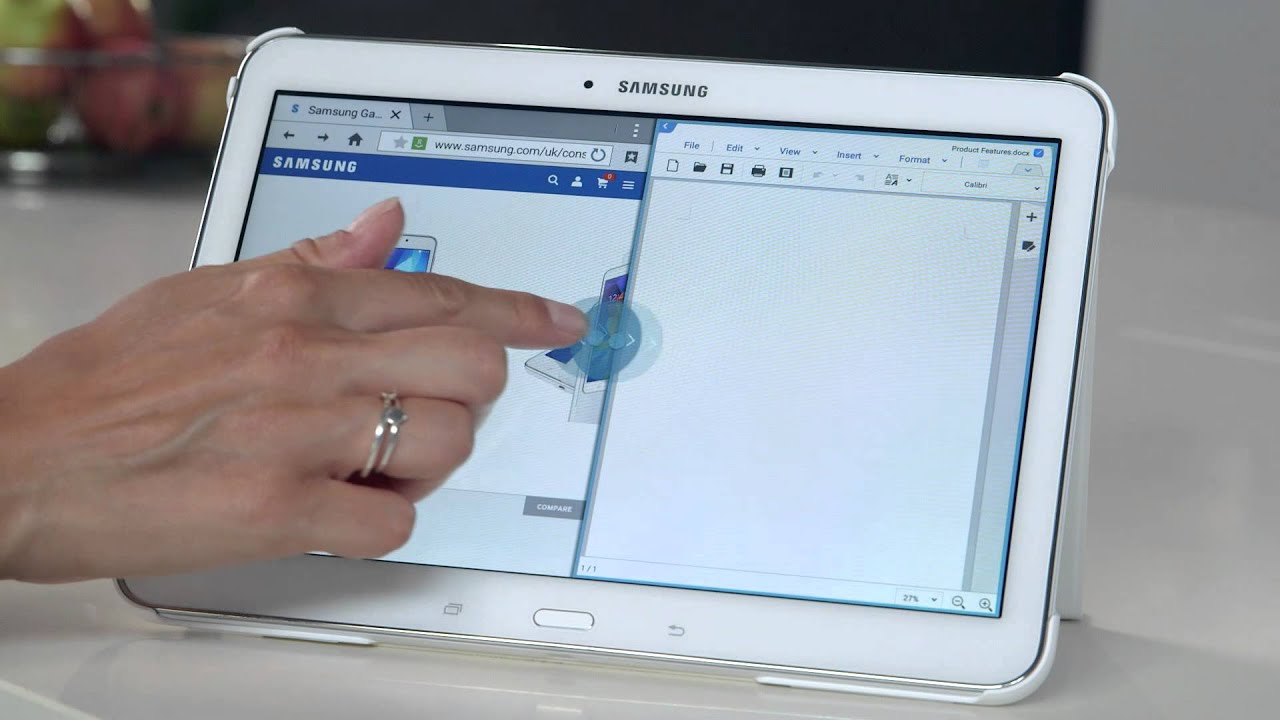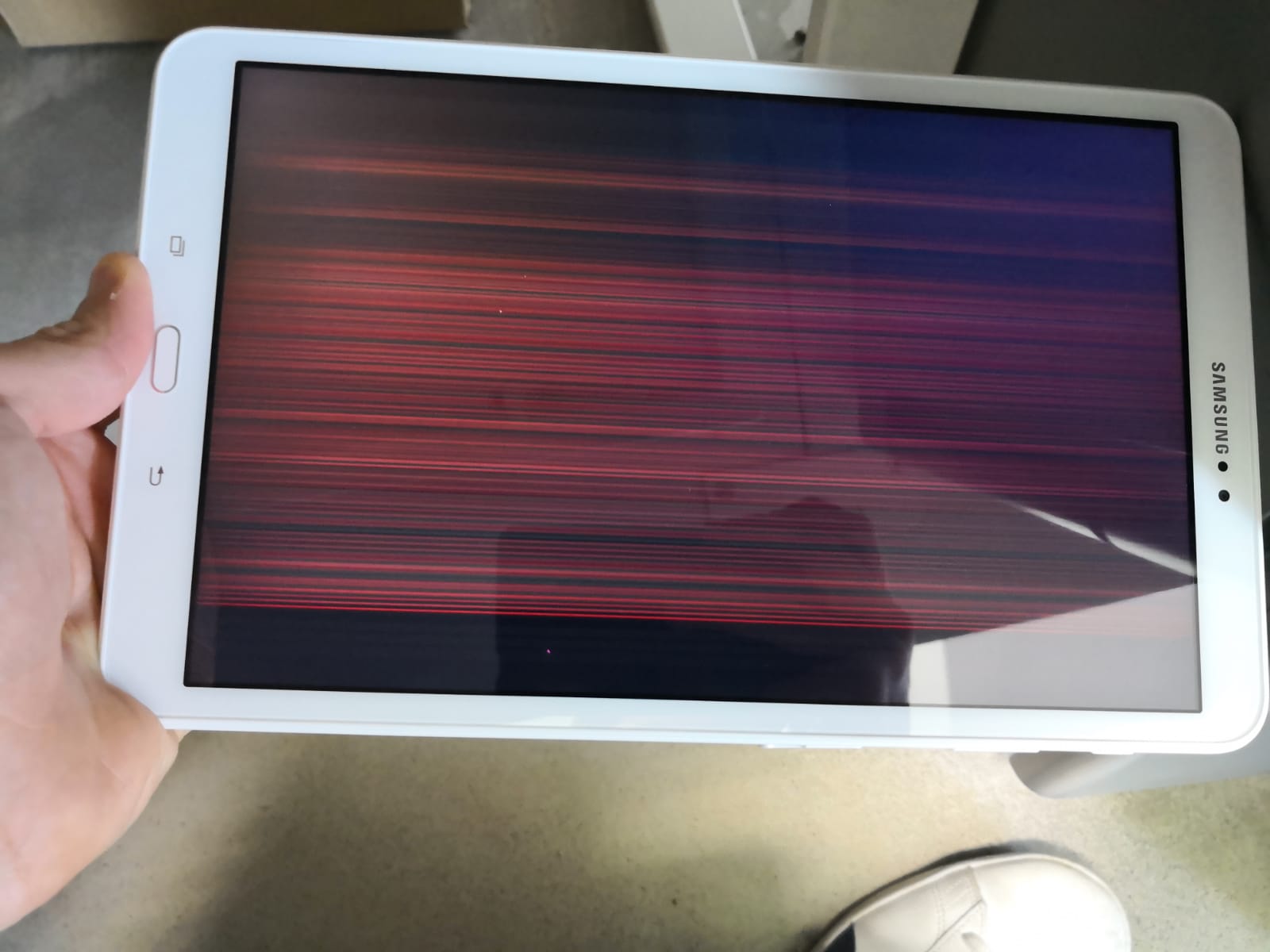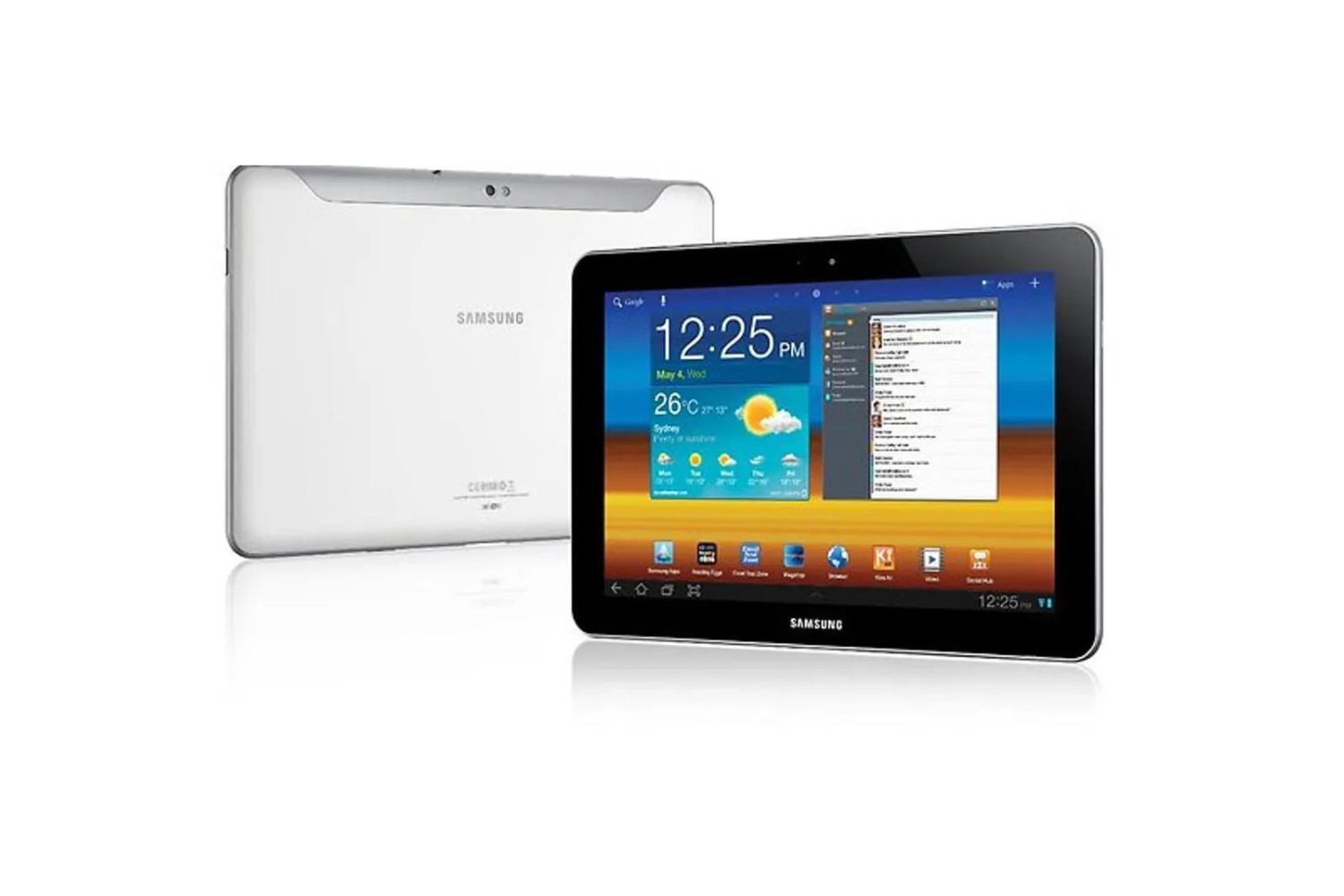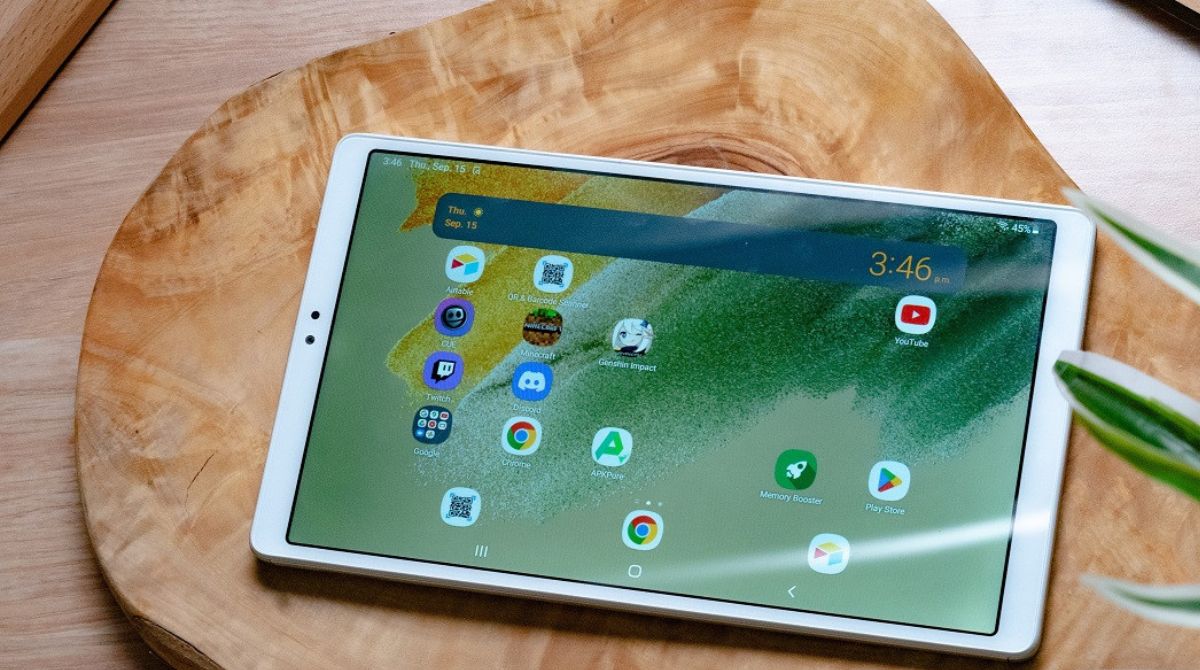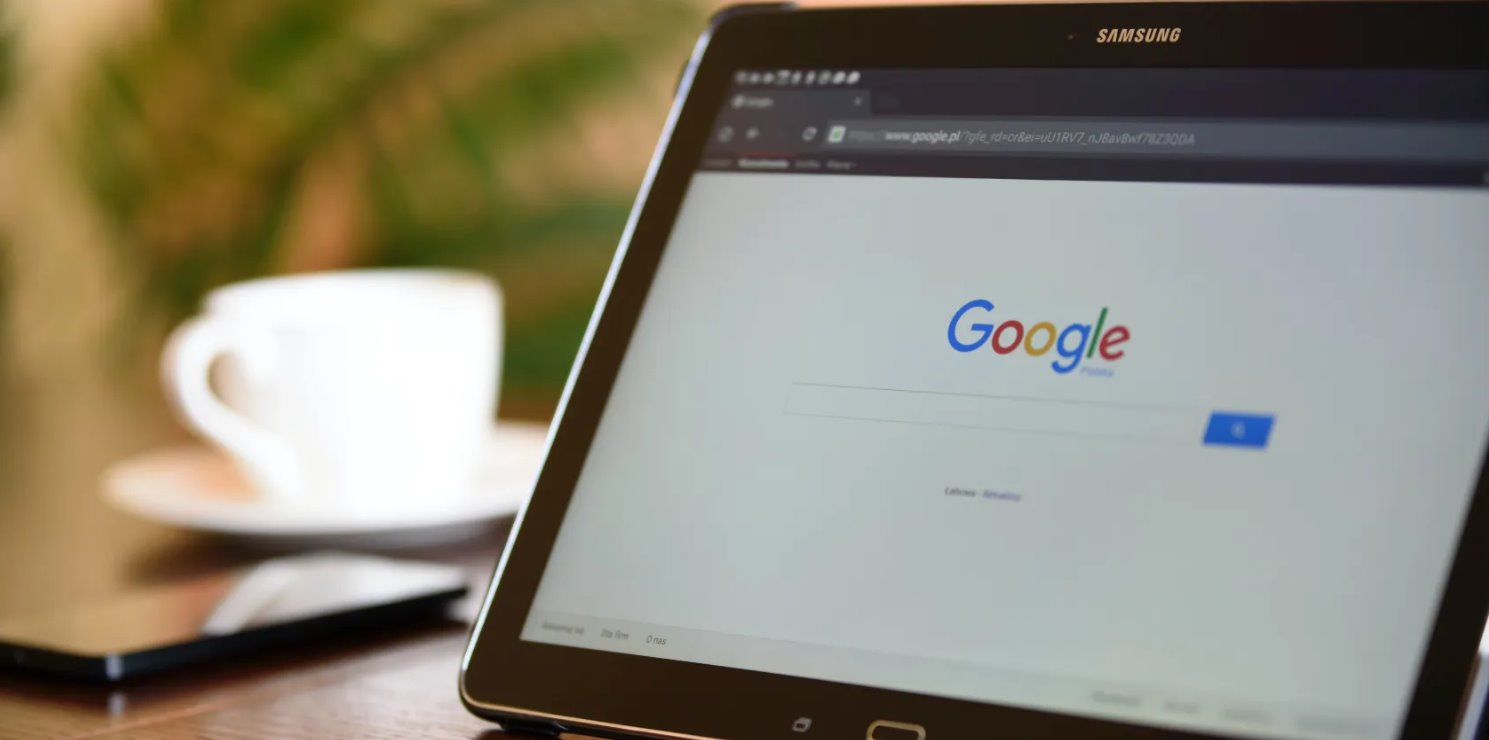Introduction
Welcome to our guide on how to restart a Samsung tablet. As a Samsung tablet user, you may encounter various situations where you need to restart your device. It could be due to a frozen screen, unresponsiveness, or simply to refresh the system.
Restarting your Samsung tablet can help troubleshoot minor software issues and improve the overall performance of your device. Whether you’re using a Samsung Galaxy Tab, Tab S, or any other Samsung tablet model, the steps to restart are generally the same.
In this guide, we will walk you through different methods to restart your Samsung tablet. We will explore both soft resetting and force restarting options, as well as using the power button and the settings menu to initiate a restart.
It’s important to note that restarting your tablet will not delete any of your personal data or files. However, it’s always a good practice to save any important work and backup your data regularly, just to be on the safe side.
So, let’s get started and learn how to effectively restart your Samsung tablet, ensuring smooth functionality and optimal performance.
Why Restart a Samsung Tablet?
Restarting your Samsung tablet can serve several purposes and deliver various benefits. Let’s explore why restarting your tablet is beneficial:
1. Resolving Software Glitches: Over time, your tablet’s software may encounter glitches that cause unresponsive apps, slow performance, or crashes. Restarting your tablet can help resolve these issues by clearing temporary system data and refreshing the software.
2. Boosting Performance: Regularly restarting your Samsung tablet can help improve its overall performance. By closing background processes and clearing RAM usage, a restart allows your tablet to run more efficiently and smoothly.
3. Fixing Frozen or Unresponsive Screen: If your tablet’s screen becomes unresponsive or freezes, performing a restart can often resolve the issue. It helps in resetting the screen’s functionality and enables you to regain control over your device.
4. Updating System and Apps: Restarting your tablet after installing system updates or app updates helps in applying the changes effectively. It ensures that all the updates are properly installed and functioning as intended.
5. Improving Battery Life: Restarting your tablet can also have a positive impact on battery life. It helps in closing power-consuming applications and services that might be running in the background. By restarting, you can optimize battery usage and extend the overall battery life of your Samsung tablet.
6. Clearing Cache and Storage: A restart clears temporary files, app caches, and other unnecessary data, freeing up valuable storage space on your tablet. This can improve the speed and performance of your device.
7. Overall System Refresh: Restarting your Samsung tablet gives your device a fresh start. It helps in releasing any lingering system issues and resets all functions to their default state, enhancing the overall stability and functionality of your tablet.
Now that you understand the importance of restarting your Samsung tablet, let’s move on to the different methods you can use to restart your device.
Soft Reset Your Samsung Tablet
If your Samsung tablet is experiencing minor software issues or has become unresponsive, performing a soft reset can often help resolve the problem. A soft reset involves restarting your tablet using the device’s software controls. Here’s how you can perform a soft reset on your Samsung tablet:
Step 1: Press and hold the power button on your tablet for about 10-15 seconds.
Step 2: Release the power button when the Samsung logo appears on the screen.
Step 3: Wait for your tablet to fully shut down and then restart automatically.
A soft reset forcefully restarts your tablet without affecting any of your personal files or data. It works by clearing temporary system data, closing unresponsive apps, and refreshing the tablet’s software.
This method is typically effective for resolving minor software glitches or freezing issues on your Samsung tablet. After performing a soft reset, you should notice improved performance and responsiveness of your device.
If a soft reset does not resolve the problem, you may need to consider a force restart. Force restarting is a more aggressive method to restart your tablet and is usually required when your device is completely unresponsive.
Let’s move on to the next section to learn how to force restart your Samsung tablet.
Force Restart Your Samsung Tablet
If your Samsung tablet becomes completely unresponsive or frozen, a force restart can help bring it back to normal operation. Unlike a soft reset, a force restart is a more aggressive method that forcibly restarts your device. Here’s how you can force restart your Samsung tablet:
Step 1: Locate the power button and the volume down button on your tablet. On some Samsung tablet models, the combination may be different, such as the power button and the home button.
Step 2: Press and hold both the power button and the volume down button simultaneously.
Step 3: Keep holding both buttons for about 10-15 seconds or until the tablet vibrates and the Samsung logo appears on the screen.
Step 4: Release the buttons and wait for your tablet to fully shut down and then restart automatically.
A force restart is an effective method to overcome unresponsive situations, system freezes, or when your tablet’s screen is not functioning properly. It forces the tablet to shut down and restart, clearing any temporary system data and refreshing the software.
It’s important to note that a force restart should only be used as a last resort when other methods fail to resolve the issue. Make sure to save any important work or data before performing a force restart, as it may not be recoverable after the restart.
If the problem persists or you are unable to force restart your Samsung tablet, you can try restarting your device using the power button or through the settings menu.
Let’s explore these alternate methods in the upcoming sections.
Restart Your Samsung Tablet Using the Power Button
If you prefer a simpler method to restart your Samsung tablet, you can use the power button to initiate a restart. This method is especially useful when your tablet is functioning but needs a quick reset. Here’s how you can restart your Samsung tablet using the power button:
Step 1: Locate the power button on your tablet. It is usually located on the side or the top of the device.
Step 2: Press and hold the power button until a menu appears on the screen.
Step 3: From the menu, select the “Restart” or “Reboot” option. The specific wording may vary depending on your Samsung tablet model.
Step 4: Confirm your selection to restart your tablet.
After confirming the restart, your Samsung tablet will power off and then power back on, initiating a complete restart of the device’s software. This method is a quick and convenient way to restart your tablet without going into the settings menu.
It’s important to note that using the power button to restart your tablet will not affect any of your personal files or data. It simply refreshes the software and resolves any minor glitches or unresponsive apps.
If your tablet is experiencing more complex issues or you prefer a method that offers more options, you can also restart your Samsung tablet through the settings menu.
Let’s move on to the next section to learn how to restart your Samsung tablet using the settings menu.
Restart Your Samsung Tablet Using the Settings Menu
Another method to restart your Samsung tablet is through the settings menu. This method provides additional options and allows you to customize the restart process according to your preferences. Here’s how you can restart your Samsung tablet using the settings menu:
Step 1: Open the “Settings” app on your Samsung tablet. You can usually find the settings app in the app drawer or by swiping down from the top of the screen and tapping the gear icon.
Step 2: Scroll down and select the “System” or “General management” option. The exact wording may vary depending on your tablet model and operating system version.
Step 3: Look for the “Restart” or “Reset” option and tap on it.
Step 4: A confirmation dialog will appear. Tap on “Restart” to initiate the restart process.
Once you confirm the restart, your Samsung tablet will shut down and then power back on, just like a normal restart. The settings menu method allows for a more controlled restart process and may provide additional options depending on your tablet model and software version.
Using the settings menu to restart your tablet is useful when you want to customize the restart process, such as selecting specific restart options or performing a factory reset. However, it’s essential to be cautious when accessing advanced settings and only make changes if you fully understand the consequences.
This method is particularly helpful if your tablet’s physical buttons are not functioning correctly or if you prefer a more intuitive way to restart your device.
Now that you know how to restart your Samsung tablet using both the power button and the settings menu, you have multiple options available to ensure smooth functionality and performance.
Conclusion
Restarting your Samsung tablet is a simple yet effective solution to resolve various software issues and improve performance. Whether you encounter a frozen screen, unresponsive apps, or general sluggishness, a restart can refresh your tablet’s software and bring it back to optimal functionality.
In this guide, we discussed different methods to restart your Samsung tablet. We explored the soft reset option, which involves using the power button to initiate a restart. This method is suitable for minor software glitches and unresponsive situations.
We also discussed the force restart option, which is more aggressive and useful when your tablet is completely unresponsive or experiencing severe issues. Force restarting your tablet ensures a complete shutdown and restart, clearing any temporary system data.
Additionally, we covered how to restart your Samsung tablet using the power button and the settings menu. The power button method offers a quick and convenient way to initiate a restart, while the settings menu method delivers more control and customization options.
Remember, regardless of the method you choose, restarting your Samsung tablet will not delete any of your personal files or data. It simply refreshes the software and resolves any temporary issues.
Regularly restarting your Samsung tablet is a good practice to maintain its performance and resolve any software glitches that may arise. Consider incorporating this routine into your tablet usage to ensure a seamless experience.
We hope this guide has been helpful in providing you with the necessary knowledge to effectively restart your Samsung tablet. By following the instructions outlined in this guide, you can easily troubleshoot minor software issues and ensure the smooth functioning of your device.
Happy restarting!









